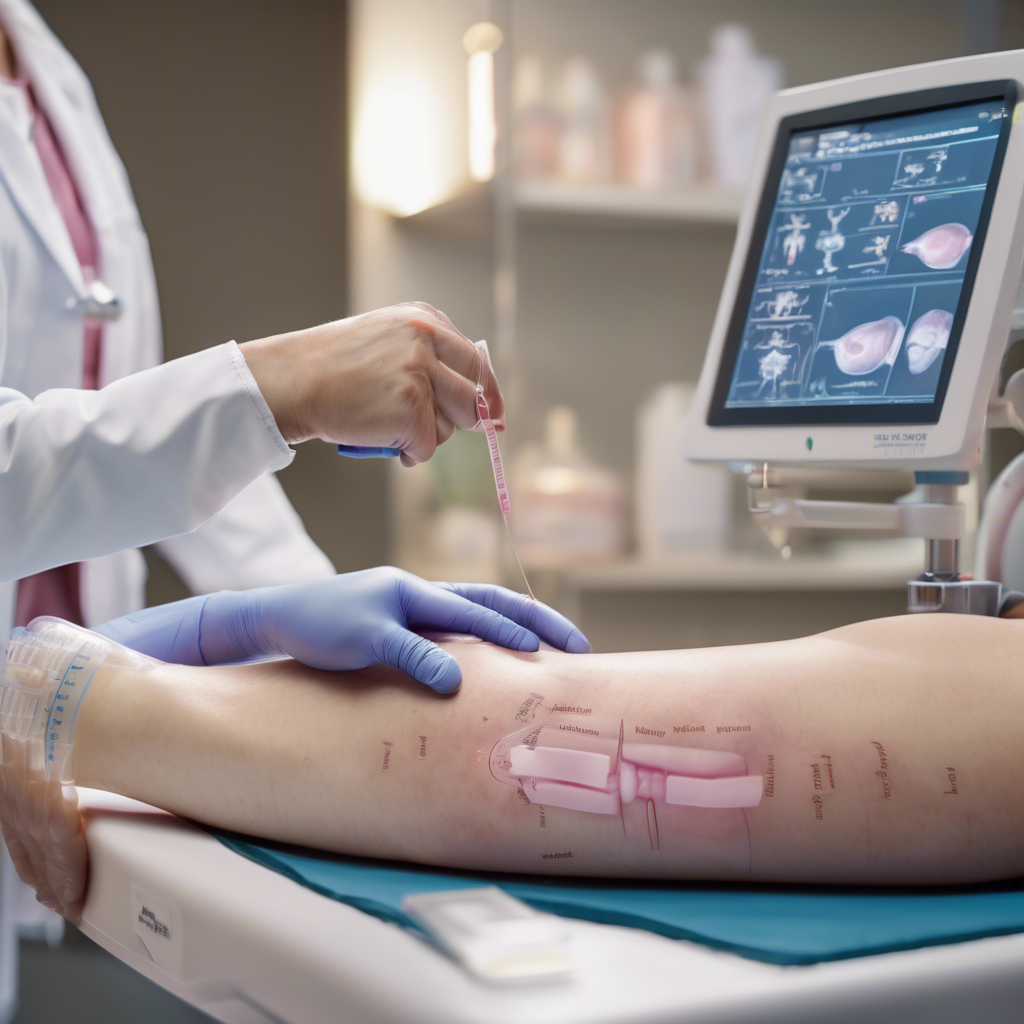
Diagnosing breast cancer-related lymphedema (BCRL) presents a challenging puzzle in the medical community, as revealed by a recent study published in the April issue of Rehabilitation Oncology. Cheryl L. Brunelle, P.T., of Massachusetts General Hospital, led researchers in evaluating how well various diagnostic tools and thresholds agree when identifying BCRL in patients who have undergone breast cancer treatment. The study's findings uncover a concerning inconsistency among measurement methods, highlighting the urgent need for standardized diagnostics regarding this often debilitating condition.
Breast cancer-related lymphedema occurs when lymph fluid accumulates, typically in an arm or hand, after lymph node removal or damage during cancer treatment. This swelling can be painful and physically limiting, impacting quality of life significantly. The standard tools for diagnosing BCRL include tape measurements of limb circumference, optoelectronic limb volumetry, and bioimpedance spectroscopy (BIS), a technology that measures fluid levels in tissues using electrical currents. Brunelle’s team examined 60 patients employing these four measurement techniques, comparing diagnostic thresholds such as relative volume change (RVC) of 10 percent or greater, absolute volume differences, and L-Dex scores—BIS-based indices reflecting fluid accumulation levels.
Out of 57 participants analyzed, about 37 percent were diagnosed with BCRL using the RVC ≥10 percent criterion, which marks a 10 percent or more increase in limb volume relative to baseline measurement. However, when preoperative baselines were included, the agreement between various diagnostic criteria dropped dramatically. For example, the agreement between RVC ≥10 percent and L-Dex increases above 6.5 was not only low but statistically insignificant, even showing a negative Cohen’s kappa value, indicating disagreement beyond chance. Even comparisons within or between measurements taken without baseline references only reached fair or moderate levels of agreement at best. This inconsistency means the different diagnostic tools often don't identify the same patients as having lymphedema, making it challenging for clinicians to decide on treatment approaches.
Why does this variance occur? Measurement techniques differ in methodology and sensitivity. Tape measurements rely on centimeters of limb circumference, which may miss subtle fluid changes, while volume-based approaches aggregate multiple circumference points to estimate swelling. Optoelectronic volumetry uses infrared scanners to create a 3D image of limb volume with high precision, but availability and cost limit widespread clinical use. BIS offers a streamlined approach to detect extracellular fluid changes that precede visible swelling, yet its interpretation is dependent on comparison to a patient’s baseline and may vary across devices. The study’s findings emphasize this discrepancy, showing that depending on which tool and threshold a practitioner uses, the diagnosis of BCRL could differ—sometimes significantly.
These findings underscore the urgent call for standardized diagnostic criteria for BCRL, as highlighted by Brunelle and colleagues. Without consensus, patients risk being misdiagnosed—either missing early intervention opportunities or facing unwarranted treatments. Interestingly, lymphedema research itself is evolving rapidly. For instance, wearable technology integrating smart sensors to monitor limb volume and fluid balance continuously is being explored, potentially revolutionizing early detection. Meanwhile, awareness campaigns and education about BCRL symptoms encourage patients to seek prompt evaluation, improving outcomes. This study not only sheds light on the technical hurdles in diagnosing BCRL but also opens the door for innovation and policy shaping in oncology rehabilitation.
While the battle against breast cancer itself often takes center stage, complications like lymphedema quietly affect survivors’ long-term well-being. Understanding the nuances of diagnostic tools and striving for standardized, reliable criteria are vital steps toward improved management of BCRL. Future research must build on studies like this, considering patient-centered approaches and incorporating new technologies that can provide more accurate, accessible, and consistent diagnoses. For patients and clinicians alike, clarity in diagnosis is the foundation for effective treatment, better quality of life, and empowered survivorship in the journey beyond breast cancer.
#BreastCancerAwareness #LymphedemaResearch #CancerSurvivorship #MedicalDiagnostics #RehabilitationOncology
Leave a Reply